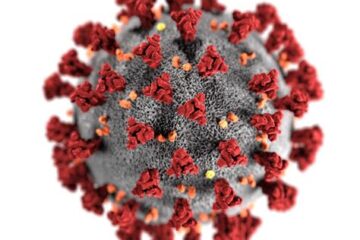
Introduction
בפוסט זה ביואל קסלר .קום אנו מציגים נתונים שפורסמו לאחרונה המראים תחלואה אימהית מוגברת בנשים שנחשפו לחשיפה מוגברת לחום סביבתי במהלך ההריון.
In this post- Environmental heat exposure increases maternal morbidity in pregnancy @ יואל קסלר- we present data recently published by Jiao et al in JAMA Network, that found increased maternal morbidity in women exposed to increased environmental heat exposure. The full article can be found here.
Key Points
Question Is maternal environmental heat exposure associated with increased risk of severe maternal morbidity?
Findings In this cohort study with 403 602 pregnancies from 2008 to 2018 in Southern California, statistically significant associations were observed between both long- and short-term maternal heat exposure during pregnancy and increased risks of severe maternal morbidity.
Meaning Maternal heat exposure during pregnancy is a potential environmental risk factor for severe maternal morbidity.
Abstract
Importance The rate of severe maternal morbidity (SMM) is continuously increasing in the US. Evidence regarding the associations of climate-related exposure, such as environmental heat, with SMM is lacking.
Objective To examine associations between long- and short-term maternal heat exposure and SMM.
Design, Setting, and Participants This retrospective population-based epidemiological cohort study took place at a large integrated health care organization, Kaiser Permanente Southern California, between January 1, 2008, and December 31, 2018. Data were analyzed from February to April 2023. Singleton pregnancies with data on SMM diagnosis status were included.
Exposures Moderate, high, and extreme heat days, defined as daily maximum temperatures exceeding the 75th, 90th, and 95th percentiles of the time series data from May through September 2007 to 2018 in Southern California, respectively. Long-term exposures were measured by the proportions of different heat days during pregnancy and by trimester. Short-term exposures were represented by binary variables of heatwaves with 9 different definitions (combining percentile thresholds with 3 durations; ie, ≥2, ≥3, and ≥4 consecutive days) during the last gestational week.
Main Outcomes and Measures The primary outcome was SMM during delivery hospitalization, measured by 20 subconditions excluding blood transfusion. Discrete-time logistic regression was used to estimate associations with long- and short-term heat exposure. Effect modification by maternal characteristics and green space exposure was examined using interaction terms.
Results There were 3446 SMM cases (0.9%) among 403 602 pregnancies (mean [SD] age, 30.3 [5.7] years). Significant associations were observed with long-term heat exposure during pregnancy and during the third trimester. High exposure (≥80th percentile of the proportions) to extreme heat days during pregnancy and during the third trimester were associated with a 27% (95% CI, 17%-37%; P < .001) and 28% (95% CI, 17%-41%; P < .001) increase in risk of SMM, respectively. Elevated SMM risks were significantly associated with short-term heatwave exposure under all heatwave definitions. The magnitude of associations generally increased from the least severe (HWD1: daily maximum temperature >75th percentile lasting for ≥2 days; odds ratio [OR], 1.32; 95% CI, 1.17-1.48; P < .001) to the most severe heatwave exposure (HWD9: daily maximum temperature >95th percentile lasting for ≥4 days; OR, 2.39; 95% CI, 1.62-3.54; P < .001). Greater associations were observed among mothers with lower educational attainment (OR for high exposure to extreme heat days during pregnancy, 1.43; 95% CI, 1.26-1.63; P < .001) or whose pregnancies started in the cold season (November through April; OR, 1.37; 95% CI, 1.24-1.53; P < .001).
Conclusions and Relevance In this retrospective cohort study, long- and short-term heat exposure during pregnancy was associated with higher risk of SMM. These results might have important implications for SMM prevention, particularly in a changing climate.
For more interesting articles like this check out our blog.


